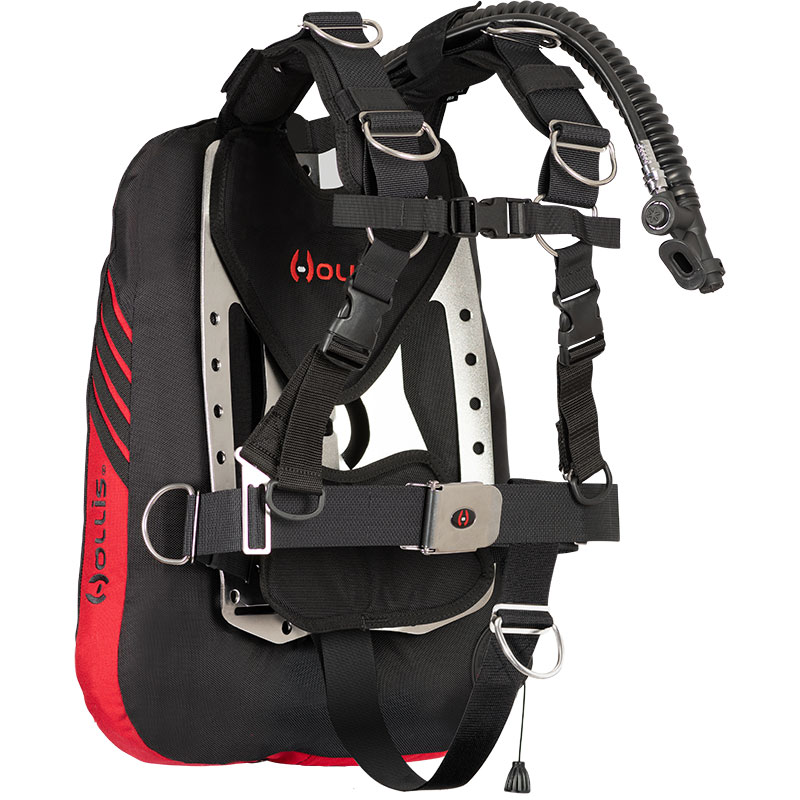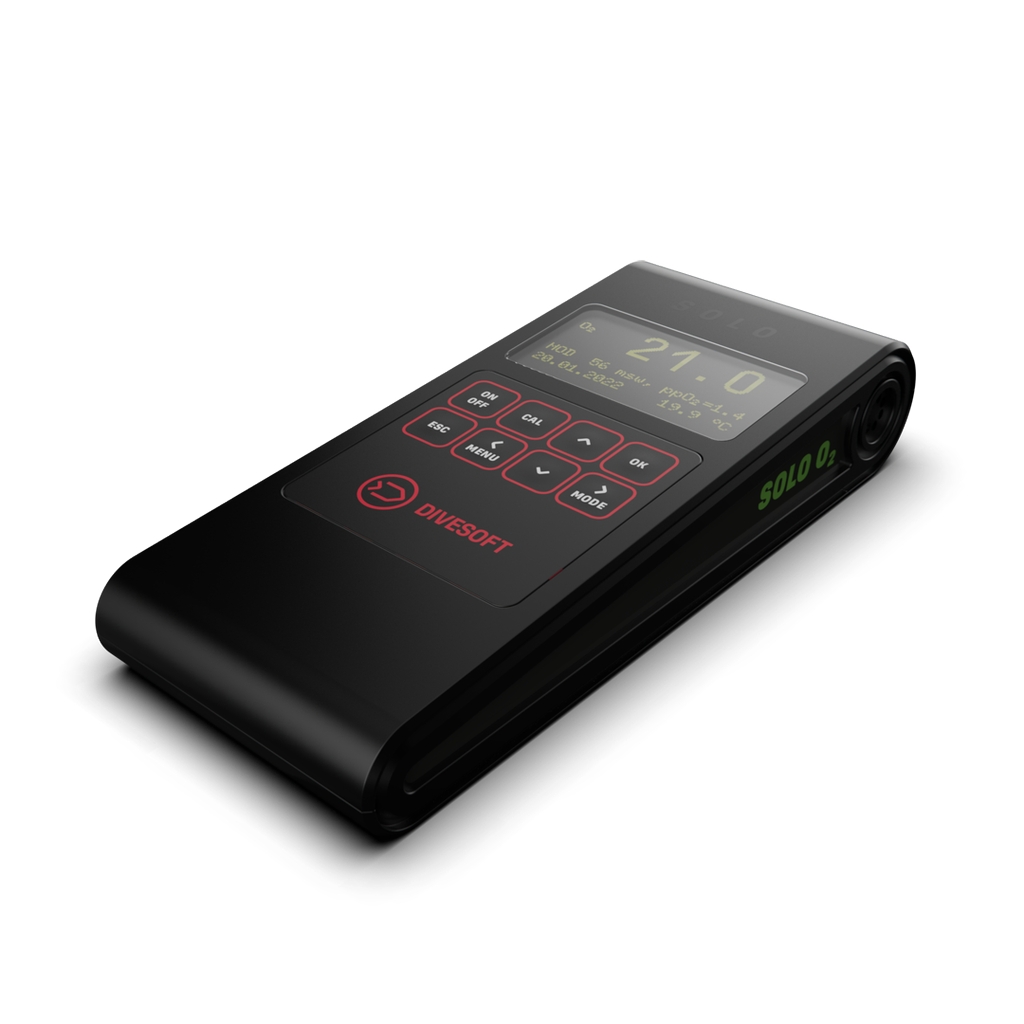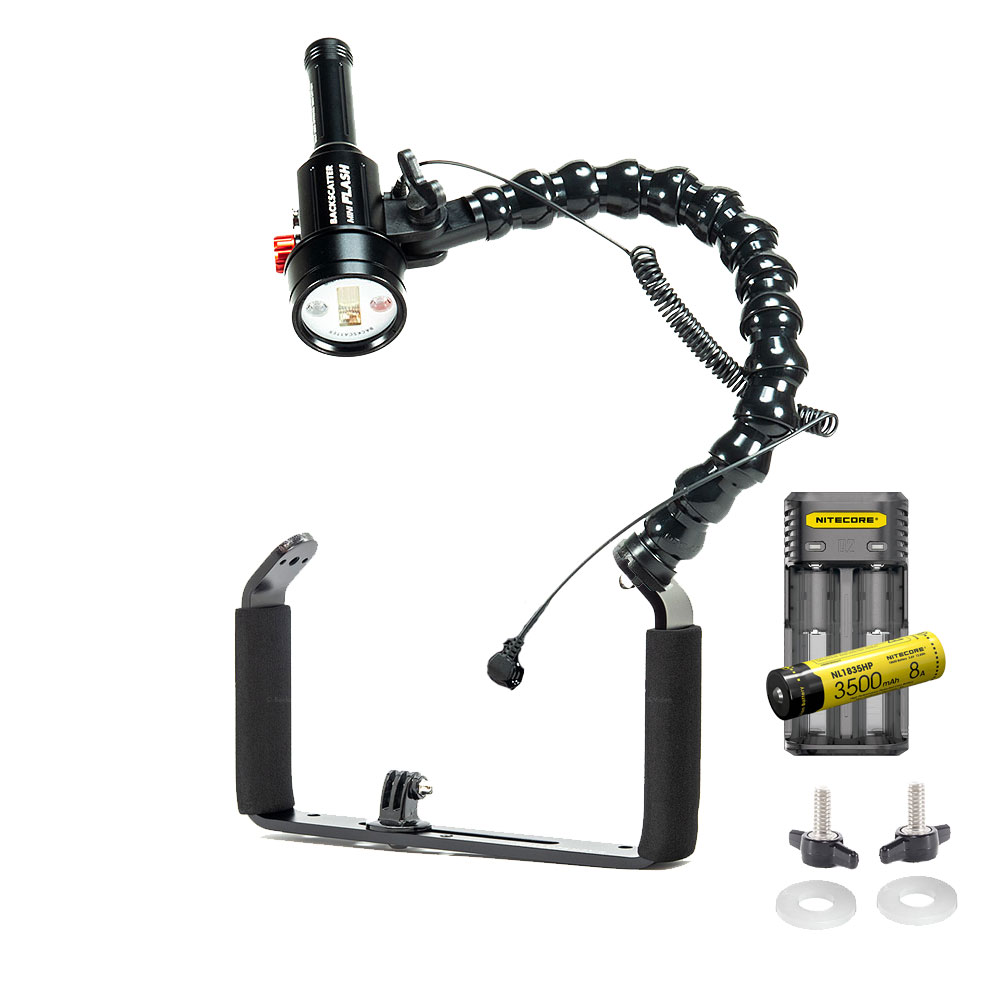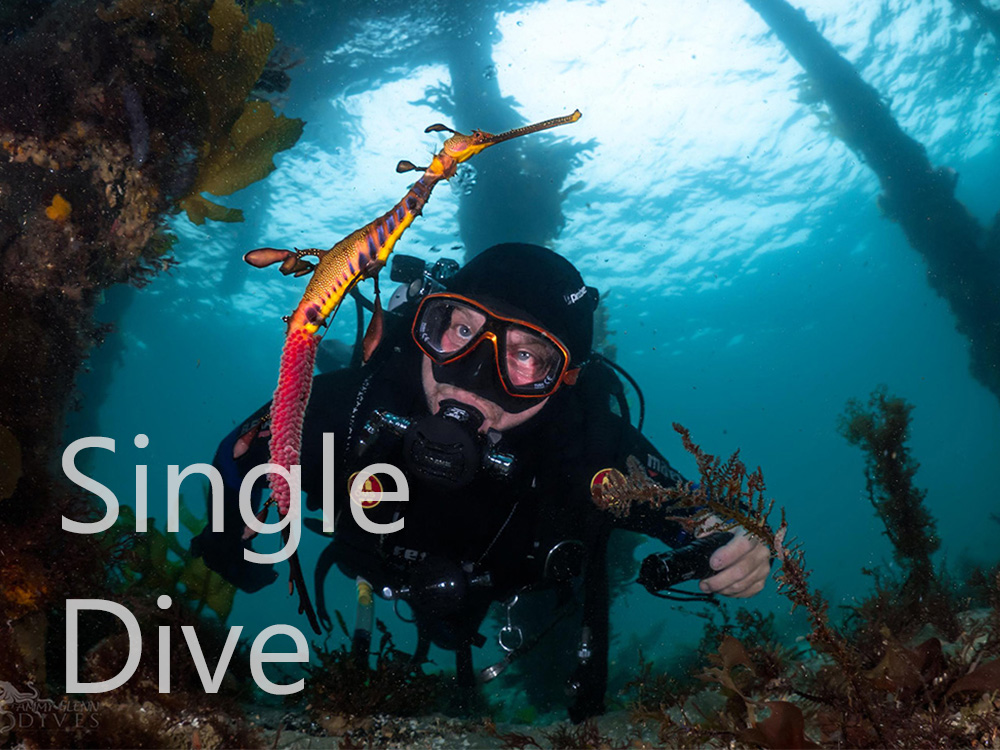Navigation
Edward Northcote
![]() Wreck Dive |
Wreck Dive | ![]() Boat access
Boat access
![]()
![]()
![]()
![]()
Steam Hopper Barge | Max Depth: 52 m (171 ft) — Graveyard
The Edward Northcote was built in 1912 as a steam hopper barge, number 405. The Edward Northcote shipwreck lies in Bass Strait and is considered to be one of the Victorian Ships' Graveyard wreck dives.
The Edward Northcote was a sister ship to the H.C. Piggot.
The Edward Northcote had a hopper capacity of 600 tons of mud, which a dredge would deposit in its hull. When full the vessel would proceed to the Spoil Grounds south of Williamstown.
Diving the Edward Northcote Shipwreck
Lots of the Edward Northcote shipwreck still remains. The propeller is still on the wreck, however, the boilers have been removed.
Bass Strait Warning: Always keep an eye on sea conditions throughout any shore or boat dive in Bass Strait on Victoria's coastline. Please read the warnings on the web page diving-in-bass-strait before diving or snorkelling this site.
Edward Northcote Shipwreck History — Built in 1911
The Edward Northcote was a steam driven hopper barge of 495 tons gross, built in 1911, by Fleming & Ferguson Ltd., in Paisley, Scotland. The vessel had the dimensions of 159.8 ft (49 m) in length, with a beam of 28.1 ft (8.56 m) and a draught of 12.6 ft (3.84 m). She was powered by a 54 horsepower steam engine.
The Edward Northcote was one of three steam hopper barges built at the time for the Melbourne Harbour Trust, the others being the H.C. Piggot and the Charles Duckett. The Edward Northcote and the Charles Duckett arrived in Port Phillip from Glasgow on Sunday 26 May 1912.
In October 1917, the Edward Northcote was requisitioned by the Department of Defence to operate as a minesweeping vessel for Victoria in smooth or sheltered waters. By early 1918, the Edward Northcote had been returned to the Melbourne Harbour Trust.
Edward NorthcoteEdward Northcote Sinking — Scuttled 6 November 1952
After years of working on port Phillip, the Edward Northcote was stripped of any valuable materials. She was towed out to the Victorian Ships' Graveyard in Bass Strait and scuttled Thursday 6 November 1952.
See also, Heritage Council Victoria: Edward Northcote, and
Australian National Shipwreck Database: Edward Northcote.
Heritage Warning: Any shipwreck or shipwreck relic that is 75 years or older is protected by legislation. Other items of maritime heritage 75 years or older are also protected by legislation. Activities such as digging for bottles, coins or other artefacts that involve the disturbance of archaeological sites may be in breach of the legislation, and penalties may apply. The legislation requires the mandatory reporting to Heritage Victoria as soon as practicable of any archaeological site that is identified. See Maritime heritage. Anyone with information about looting or stolen artefacts should call Heritage Victoria on (03) 7022 6390, or send an email to heritage.victoria@delwp.vic.gov.au.
Traditional Owners — This dive site does not lie in the acknowledged traditional Country of any first peoples of Australia.
Edward Northcote Location Map
Latitude: 38° 21.369′ S (38.356157° S / 38° 21′ 22.17″ S)
Longitude: 144° 25.799′ E (144.429983° E / 144° 25′ 47.94″ E)
Datum: WGS84 |
Google Map
Added: 2012-07-22 09:00:00 GMT, Last updated: 2022-05-13 00:04:43 GMT
Source: Book - Victoria's Ships' Graveyard GPS (verified)
Nearest Neighbour: Wareatea, 422 m, bearing 101°, E
Steam Hopper Barge, 495 ton.
Built: Paisley, Scotland, 1911.
Scuttled: 6 November 1952.
Victorian Ships' Graveyard, Bass Strait.
Depth: 52 m.
[ Top ]
DISCLAIMER: No claim is made by The Scuba Doctor as to the accuracy of the dive site coordinates listed here. Should anyone decide to use these GPS marks to locate and dive on a site, they do so entirely at their own risk. Always verify against other sources.
The marks come from numerous sources including commercial operators, independent dive clubs, reference works, and active divers. Some are known to be accurate, while others may not be. Some GPS marks may even have come from maps using the AGD66 datum, and thus may need be converted to the WGS84 datum. To distinguish between the possible accuracy of the dive site marks, we've tried to give each mark a source of GPS, Google Earth, or unknown.

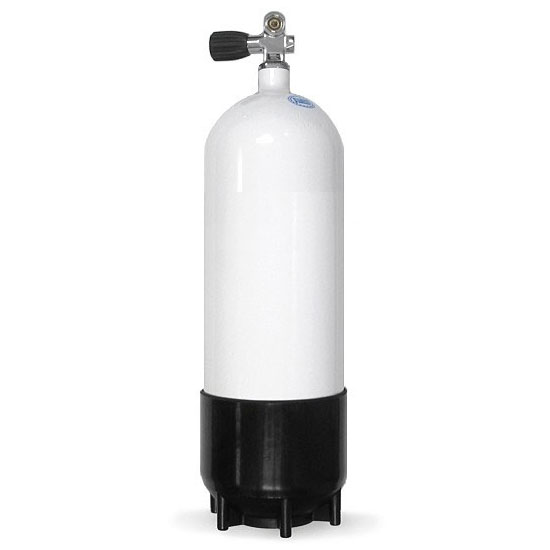

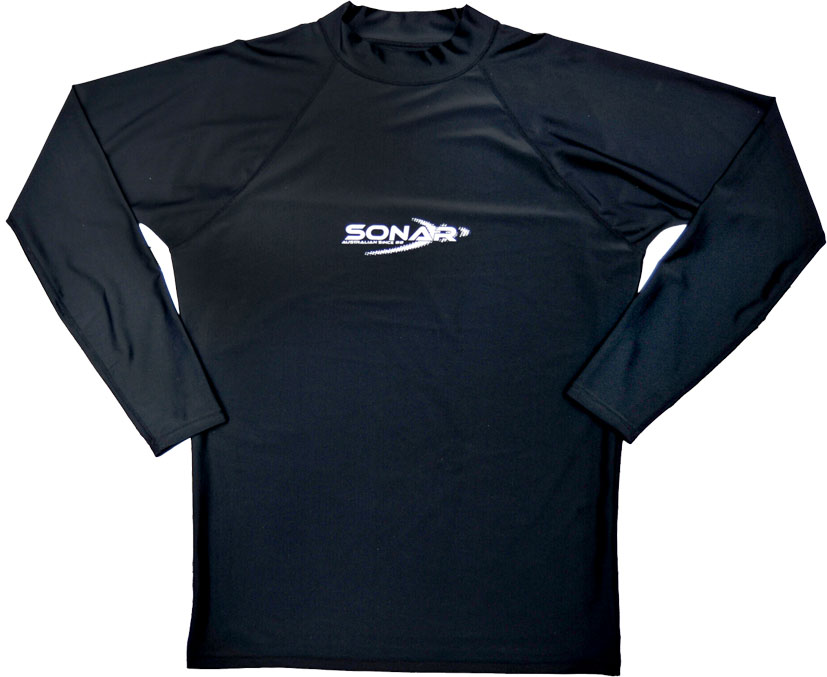
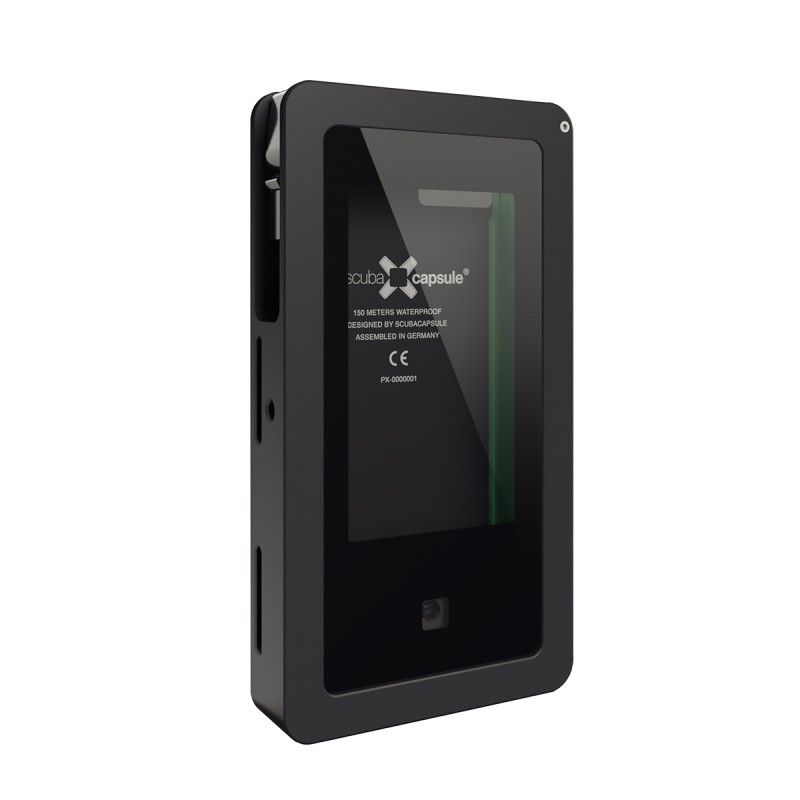

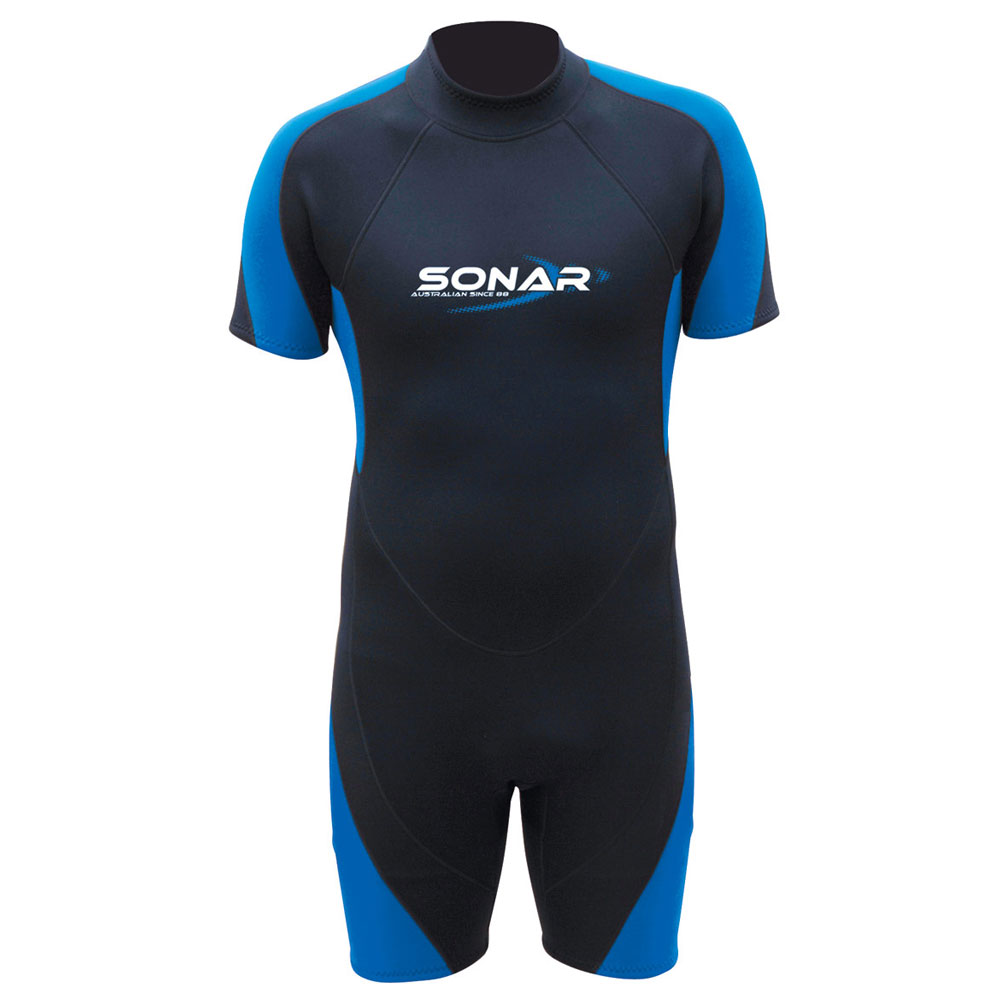
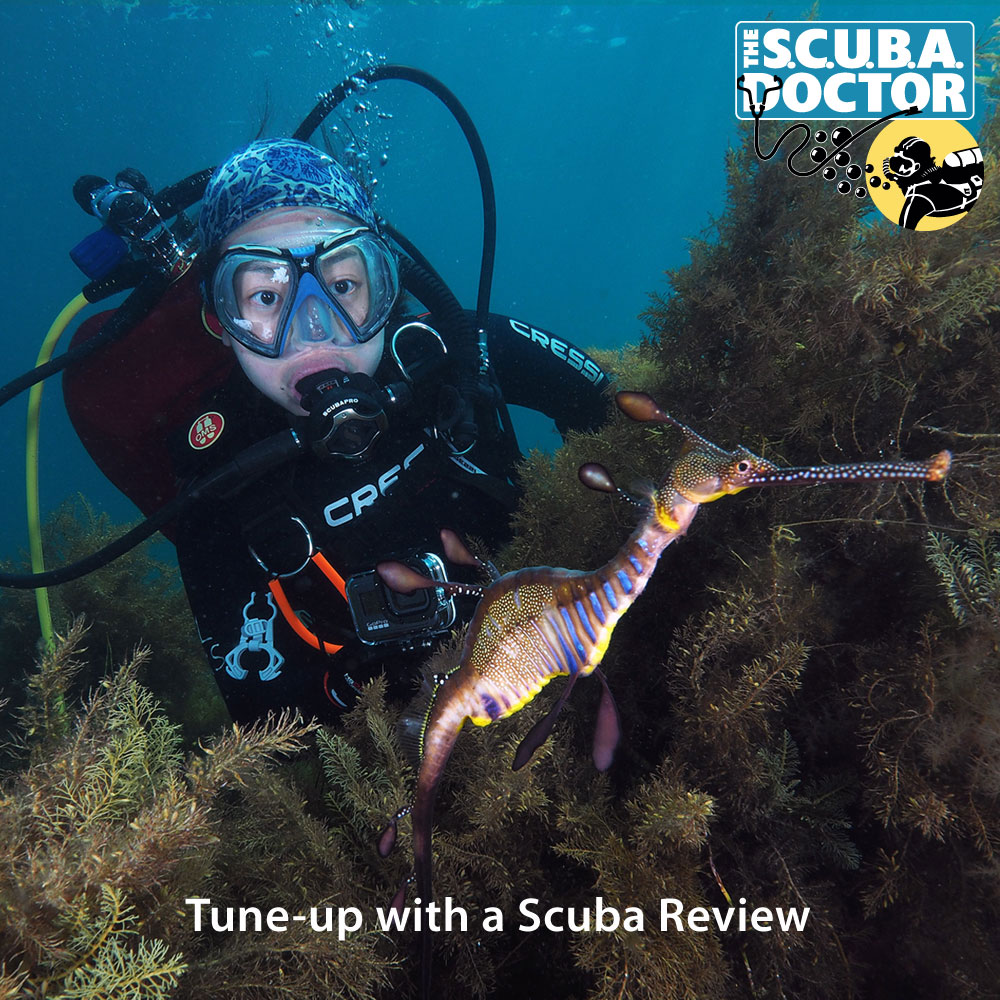
![Halcyon Infinity 30lb System [SS Small Backplate] Halcyon Infinity 30lb System [SS Small Backplate]](/diveshop/images/halcyon/Halcyon-Evolve-Wing.jpg)

